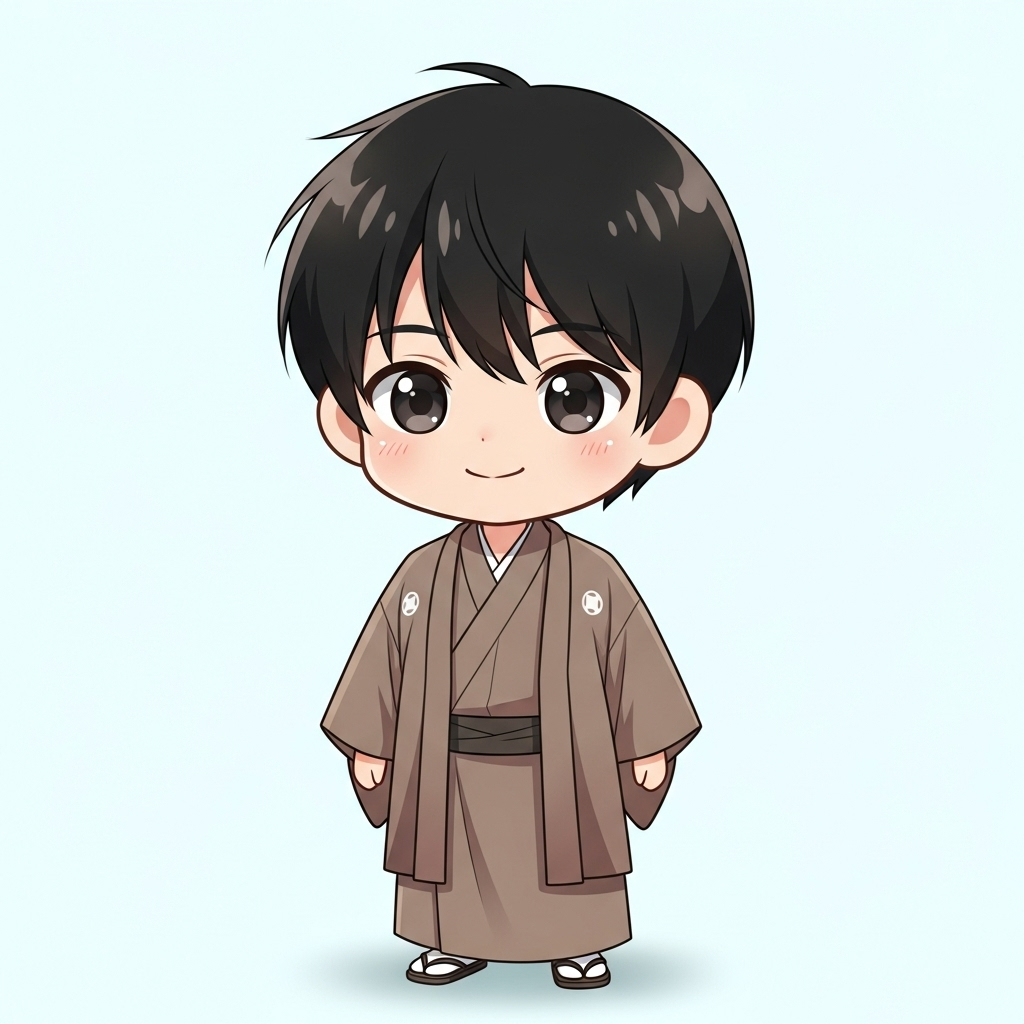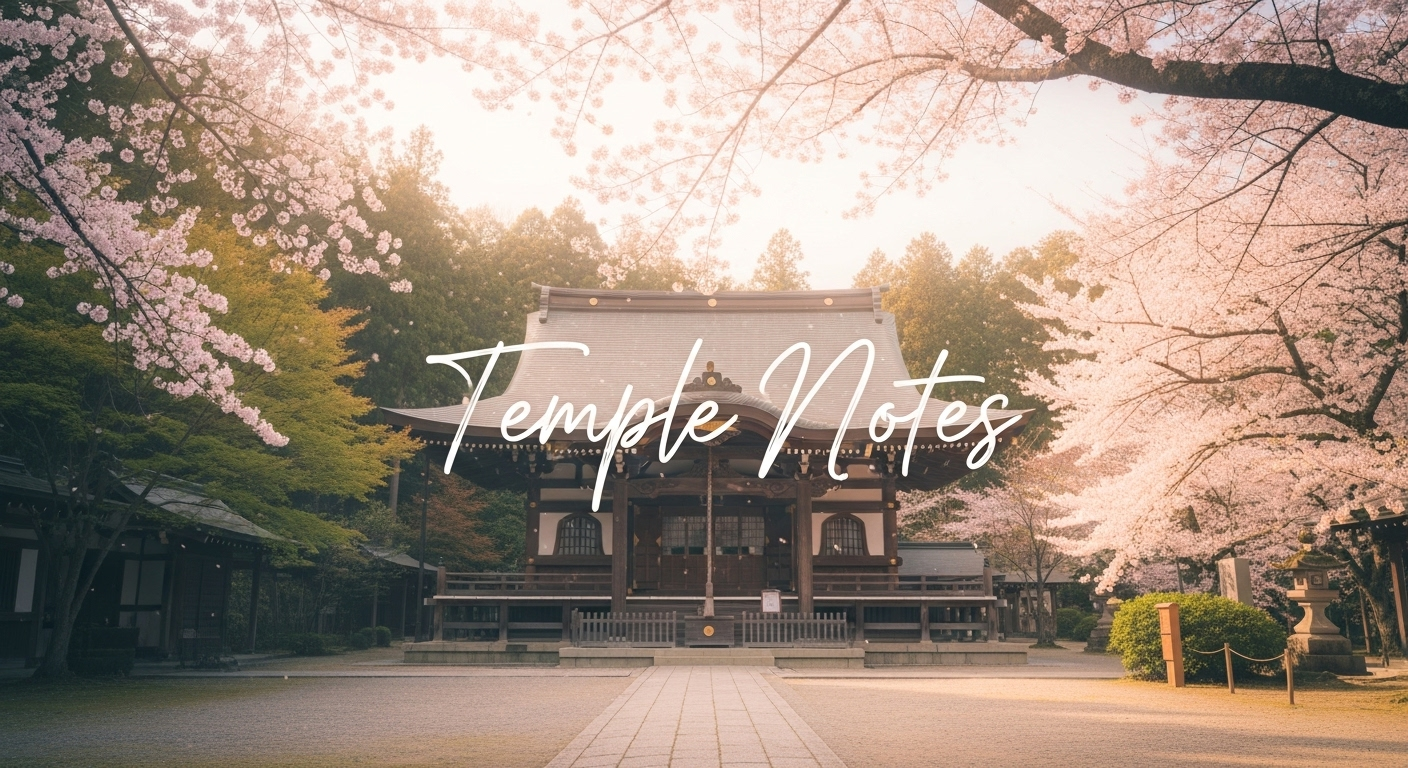Located in Minami Ward, Kumamoto City, Kihara Fudoson (Chōju-ji Temple) is a sacred site widely known for its blessings of warding off misfortune and ensuring traffic safety. Many people search for information such as, “What kind of temple is Kihara Fudoson in Kumamoto?” or “What are its blessings, highlights, and how can I get there?” In short, Kihara Fudoson is not only a deeply respected place of faith but also a destination filled with diverse attractions such as powerful Goma fire rituals, abundant natural scenery, and unique traditional events. This article will guide you through the history and features of Kihara Fudoson, its blessings, highlights in the temple grounds, access details, and tips for enjoying your visit—perfect for first-time visitors.
What is Kihara Fudoson? History and Origins
The Origins of Kihara Fudoson (Chōju-ji Temple)
Officially known as Gan’kai-san Sonjōin Chōju-ji, Kihara Fudoson belongs to the Tendai sect of Buddhism. Its foundation is said to be linked to Saichō (Dengyō Daishi), founder of the Tendai school, and it has long served as a spiritual hub for local people. Over the centuries, the temple has undergone several reconstructions while maintaining its significance as a place of prayer.
Fudo Myo-o and Kihara Fudoson
The principal deity is Fudo Myo-o, known for his fierce appearance symbolizing compassionate salvation. Locally, he is also revered as the “Mizu-biki Fudo,” a deity believed to bring water during droughts. With this background, Kihara Fudoson became associated with prayers for fire prevention, rain, and protection from disasters, establishing itself as an indispensable site of devotion.
Blessings and Prayers at Kihara Fudoson
Prayers for Warding Off Misfortune and Traffic Safety
Kihara Fudoson is especially famous for its blessings of protection against misfortune and traffic accidents. Visitors often come to pray for daily safety, health, and smooth passage through life’s transitional years. General visitors can also apply for formal prayers, and many participate in the sacred Goma rituals.
Blessings for Prosperity in Business and Family Safety
Fudo Myo-o is believed to cut through human delusions and protect people, which extends to prayers for prosperity in business, family safety, and personal success. Visitors are encouraged to pray with a clear intention in mind, reinforcing the connection between faith and everyday life.
Experiencing the Goma Fire Ritual
The Goma fire ritual is a powerful ceremony where wooden sticks (Goma-ki) symbolizing wishes are burned, and prayers are offered to Fudo Myo-o. Seasonal festivals feature dramatic large-scale fire rituals, including fire-walking and boiling-water rites, which leave a lasting impression on participants and spectators alike. Monthly events often provide opportunities to witness or even participate in these sacred practices.
Highlights of Kihara Fudoson
Key Spots in the Temple Grounds
The main hall, housing the principal image of Fudo Myo-o, exudes an atmosphere of solemn reverence. The hall’s architectural details and spiritual aura leave a profound impression on visitors. Within the temple grounds, you can also find historic stone monuments and memorials that reflect its centuries-old legacy.
The Main Hall and Fudo Myo-o Statue
The principal statue of Fudo Myo-o, usually kept as a hidden Buddha, is revealed only on special occasions. Its awe-inspiring presence conveys both strength and compassion, embodying the spirit of protection that draws countless worshippers.
The Stone Steps and Approach
The temple’s approach and stone steps create a serene and spiritual pathway to the main hall. Surrounded by greenery and centuries-old trees, the journey to the temple itself enhances the sense of devotion and anticipation.
Seasonal Highlights
New Year’s Visit and Setsubun Festival
The temple attracts crowds for New Year’s visits and Setsubun celebrations. During the spring grand festival, the dramatic fire rituals and traditional ceremonies showcase the temple’s spiritual heritage and community vitality.
Nature Throughout the Seasons
Kihara Fudoson offers seasonal beauty—spring blossoms, lush summer greens, autumn foliage, and winter tranquility. Visitors can enjoy both spiritual practices and the soothing atmosphere of nature in harmony.
Access to Kihara Fudoson
By Car and Parking Information
Located in Tomiai, Minami Ward, Kumamoto City, Kihara Fudoson is easily accessible by car. A spacious free parking lot makes driving a convenient option for visitors. Confirming parking hours and availability in advance ensures a smooth visit.
By Public Transportation
Public transit users can reach the nearest train or bus stop and continue by taxi or connecting buses. Travel routes vary, so checking the latest information before departure is recommended.
Nearby Attractions
A visit to Kihara Fudoson can be combined with sightseeing in Kumamoto City or surrounding areas, making it easy to enjoy a full day of exploration along with spiritual experiences.
Visiting Etiquette and Flow of Worship
Preparation and Mindset
Before entering the temple, visitors are encouraged to compose themselves, wear appropriate attire, and maintain a respectful attitude. Especially during festivals or busy times, consideration for others is essential.
Steps of Worship
Start by purifying your hands at the temizuya (water basin). Offer coins, bow slightly, and pray with sincerity in front of the main hall. Those participating in the Goma ritual should follow the monks’ instructions carefully.
Goshuin and Charms
Kihara Fudoson offers goshuin (temple stamps) and protective charms. These can be obtained at the temple office, serving as both a spiritual token and a meaningful memento of your visit.
Tips to Enjoy Kihara Fudoson’s Charm
Recommended First Visit Experience
First-time visitors should focus on worship at the main hall, experiencing a Goma ritual, and receiving a goshuin. Attending during a festival provides deeper insight into the temple’s spiritual and cultural vibrancy.
A Beloved Local Place of Faith
More than just a temple, Kihara Fudoson is deeply woven into the daily lives of the local community. By spending quiet moments within its historic grounds, visitors can experience the temple not only as a place of prayer but also as a source of comfort and spiritual grounding.
Kihara Fudoson (Chōju-ji Temple) remains a significant site of devotion, tradition, and natural beauty. Whether you are a first-time visitor or returning for another experience, this guide will help you enjoy a meaningful and memorable visit.
A Message from the Guide

It is considered one of the Three Great Fudoson of Japan. The principal image is said to have been carved by Saichō (Dengyō Daishi).








Comment